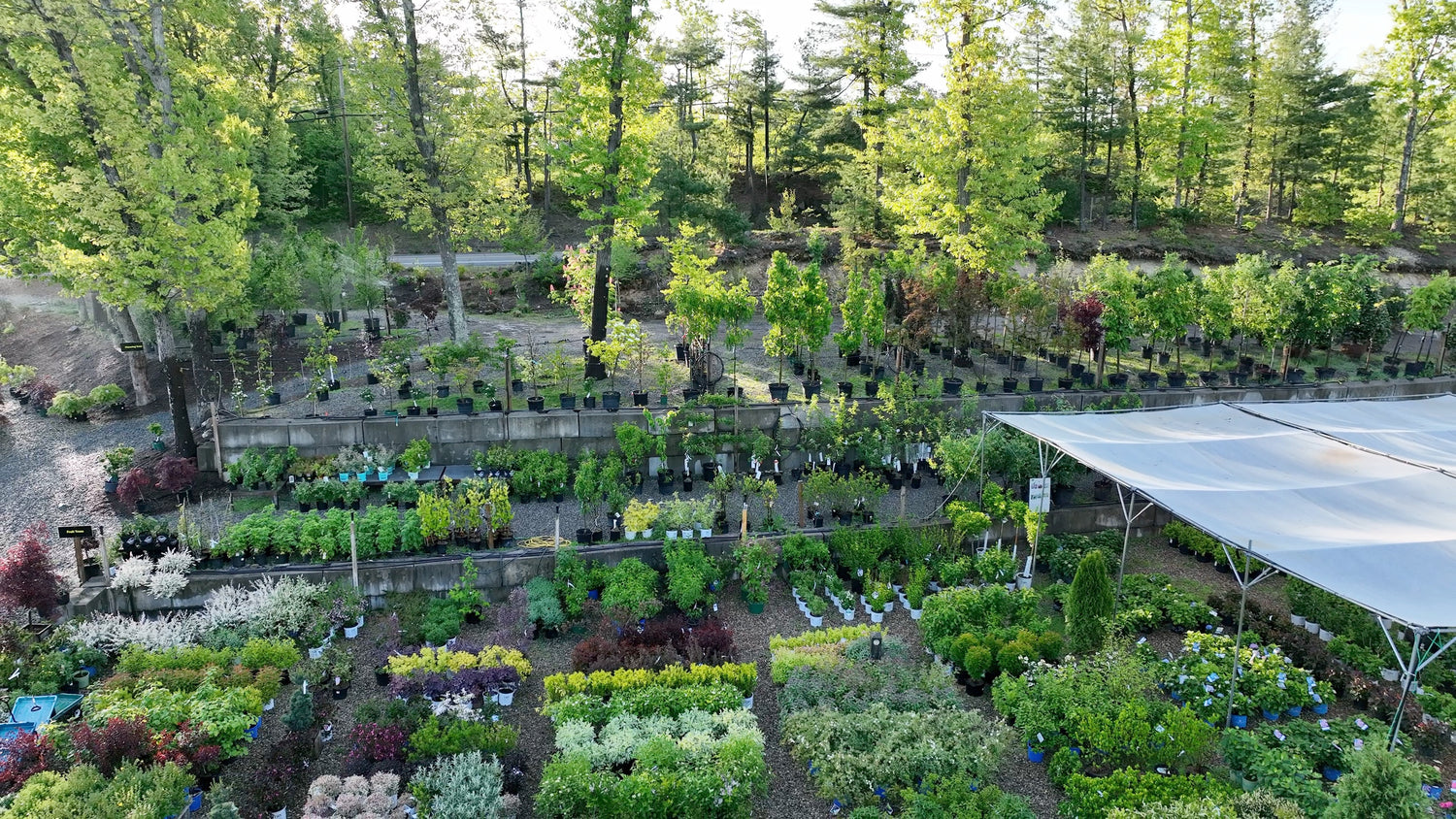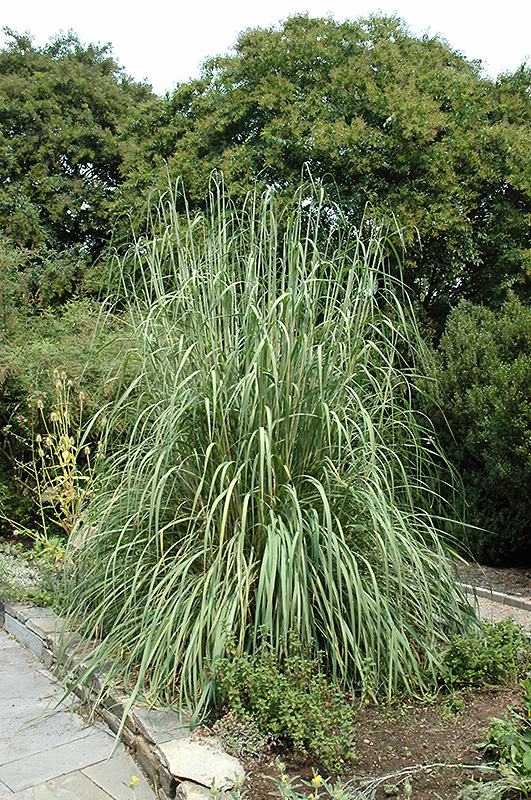Plant Guide
Plant Height: 5 feet
Flower Height: 12 feet
Spread: 8 feet
Sunlight:
![]()
Hardiness Zone: 4a
Other Names: Plume Grass, Hardy Pampas Grass
Description:
A giant of the ornamental grass world and hardy for northern areas; spikes of silvery flower plumes with a hint of purple reach skyward in late summer; spectacular fall display of orange, tan, purple, and the dried stalks add lovely winter interest
Ornamental Features
Ravenna Grass features airy plumes of silver hop-like flowers with a purple flare at the ends of the stems in late summer. The flowers are excellent for cutting. Its attractive grassy leaves are grayish green in color. As an added bonus, the foliage turns a gorgeous harvest gold in the fall.
Landscape Attributes
Ravenna Grass is a dense herbaceous perennial grass with an upright spreading habit of growth. Its relatively fine texture sets it apart from other garden plants with less refined foliage.
This is a relatively low maintenance plant, and is best cleaned up in early spring before it resumes active growth for the season. It is a good choice for attracting birds to your yard, but is not particularly attractive to deer who tend to leave it alone in favor of tastier treats. Gardeners should be aware of the following characteristic(s) that may warrant special consideration;
- Invasive
- Self-Seeding
Ravenna Grass is recommended for the following landscape applications;
- Accent
- Mass Planting
- Hedges/Screening
- General Garden Use
Planting & Growing
Ravenna Grass will grow to be about 5 feet tall at maturity extending to 12 feet tall with the flowers, with a spread of 8 feet. It grows at a fast rate, and under ideal conditions can be expected to live for approximately 10 years. As an herbaceous perennial, this plant will usually die back to the crown each winter, and will regrow from the base each spring. Be careful not to disturb the crown in late winter when it may not be readily seen!
This plant should only be grown in full sunlight. It is very adaptable to both dry and moist growing conditions, but will not tolerate any standing water. It is not particular as to soil pH, but grows best in sandy soils. It is highly tolerant of urban pollution and will even thrive in inner city environments. This species is not originally from North America. It can be propagated by division.





